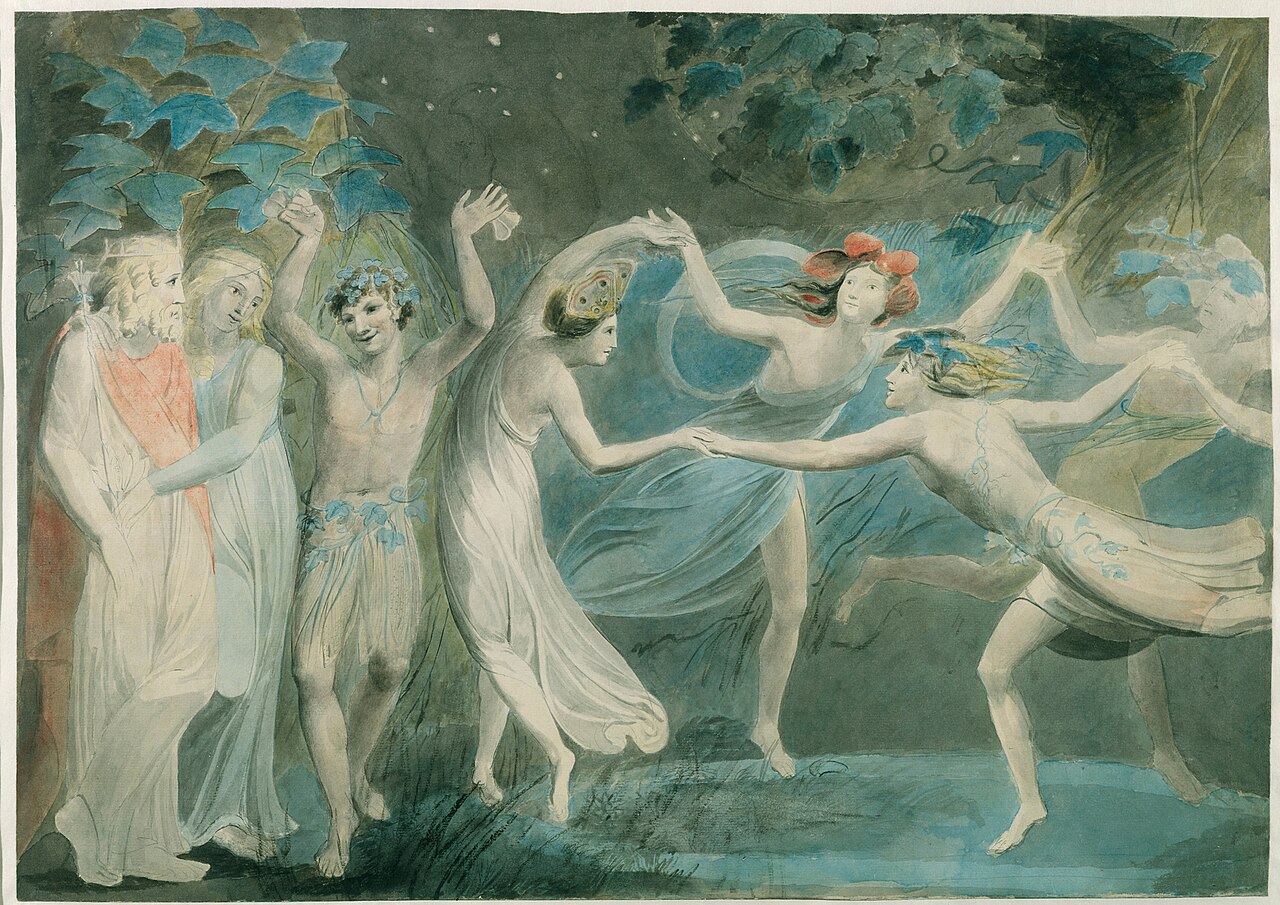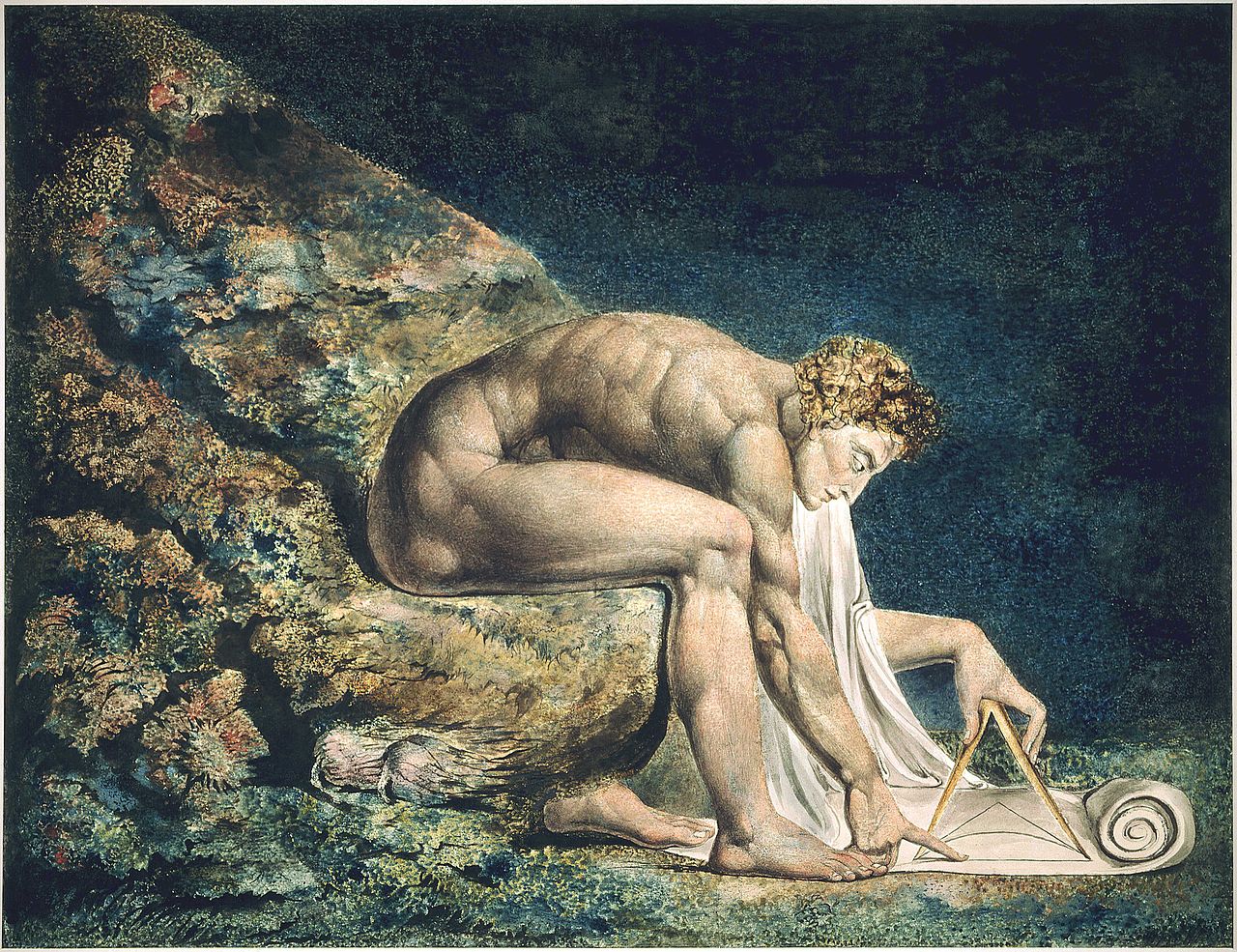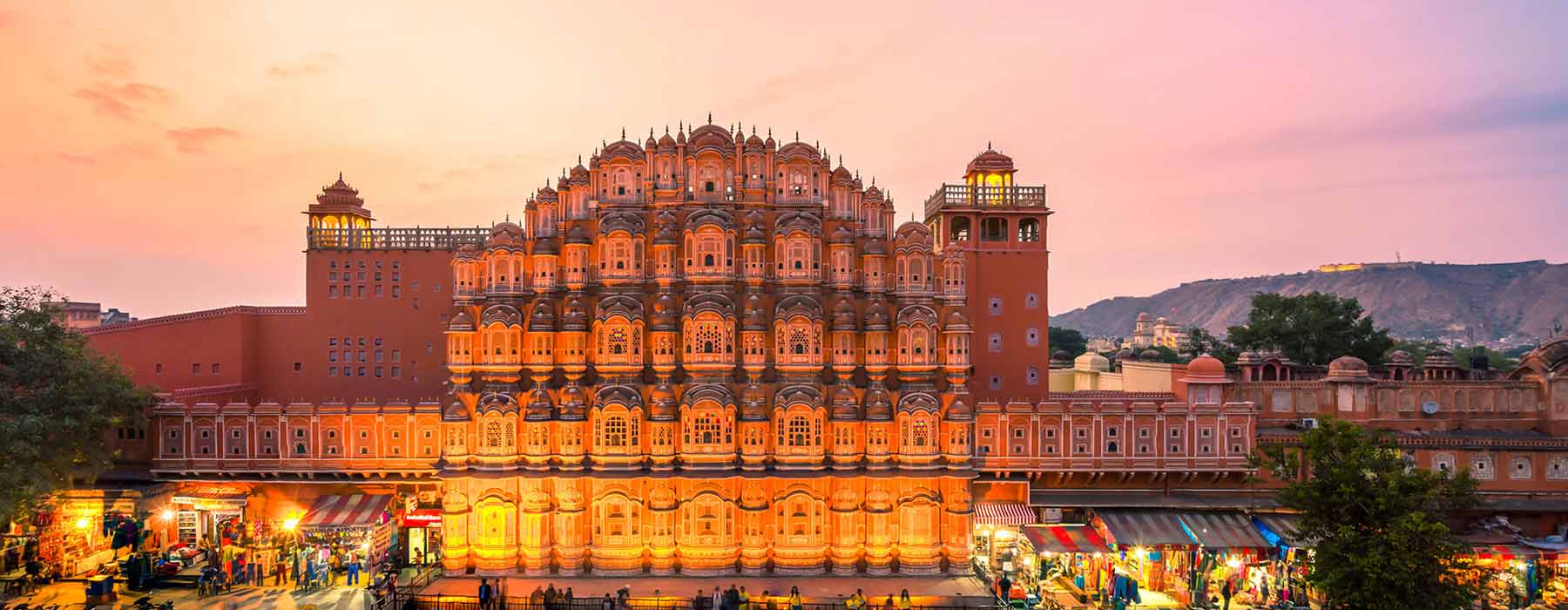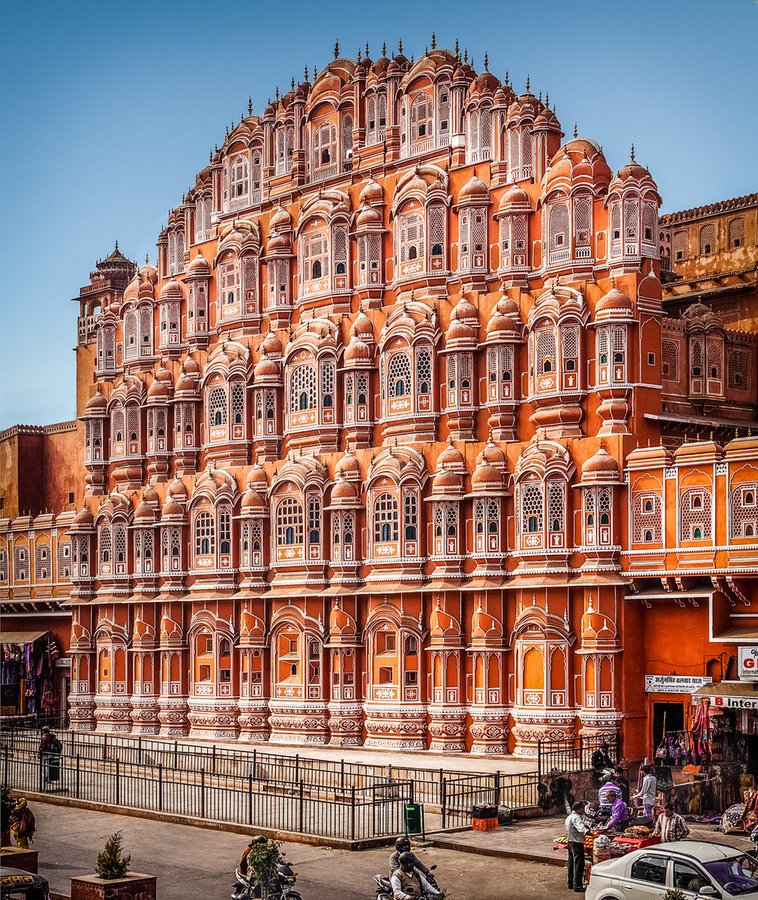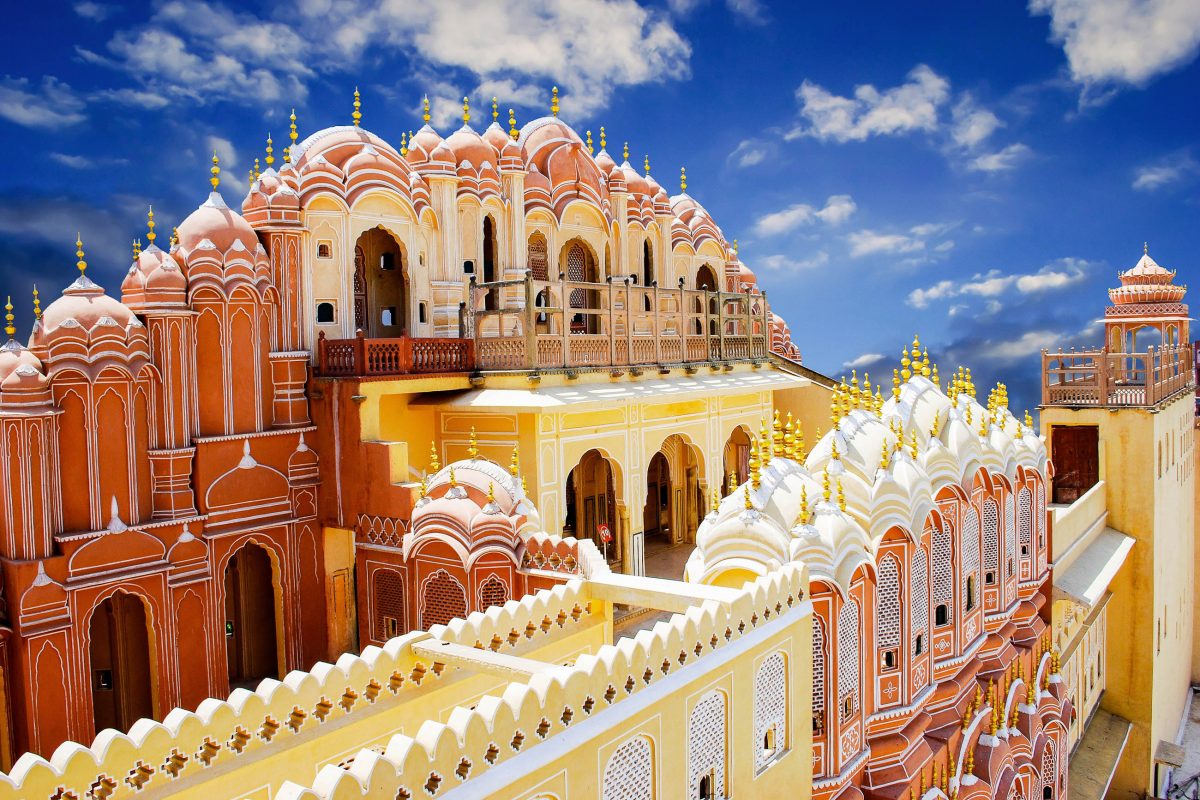Interesting, the same feeling crossed my mind looking at these five scary clowns around the head...
Yeah, what I see is depiction of "gods" aka 4D STS beings for who the only goal is to maintain use as slaves. So thanks, not for me.
Interesting, the same feeling crossed my mind looking at these five scary clowns around the head...
Very satanic for me.
apologies Ellipse and Mk Scarlett - if the post can be removed I am totally ok with that -dont know how I can remove delete the post ..Interesting, the same feeling crossed my mind looking at these five scary clowns around the head...
No, your post is valuable, it give us the chance to debunk from where come the inspiration of some art.apologies Ellipse and Mk Scarlett - if the post can be removed I am totally ok with that -dont know how I can remove delete the post ..
.
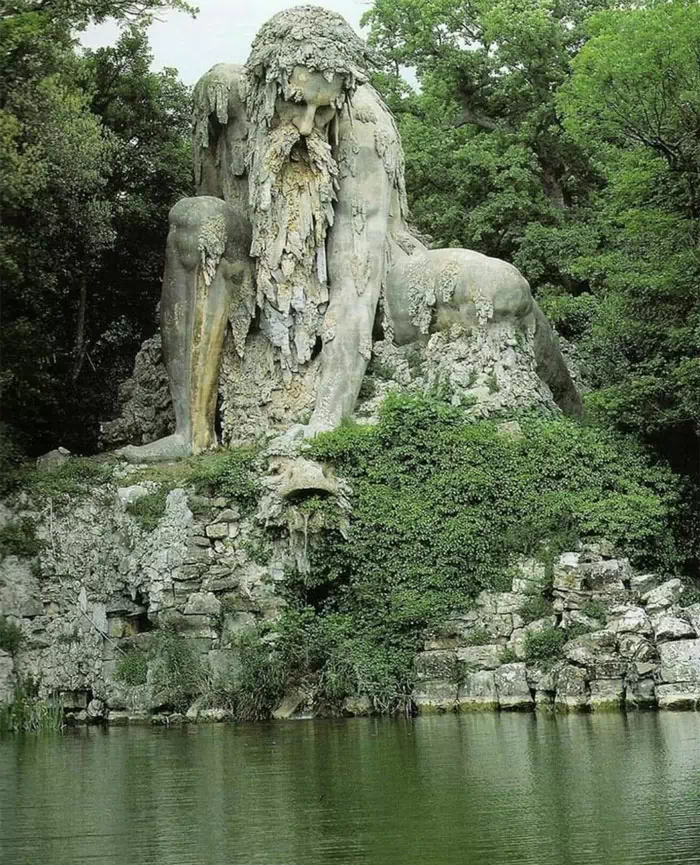
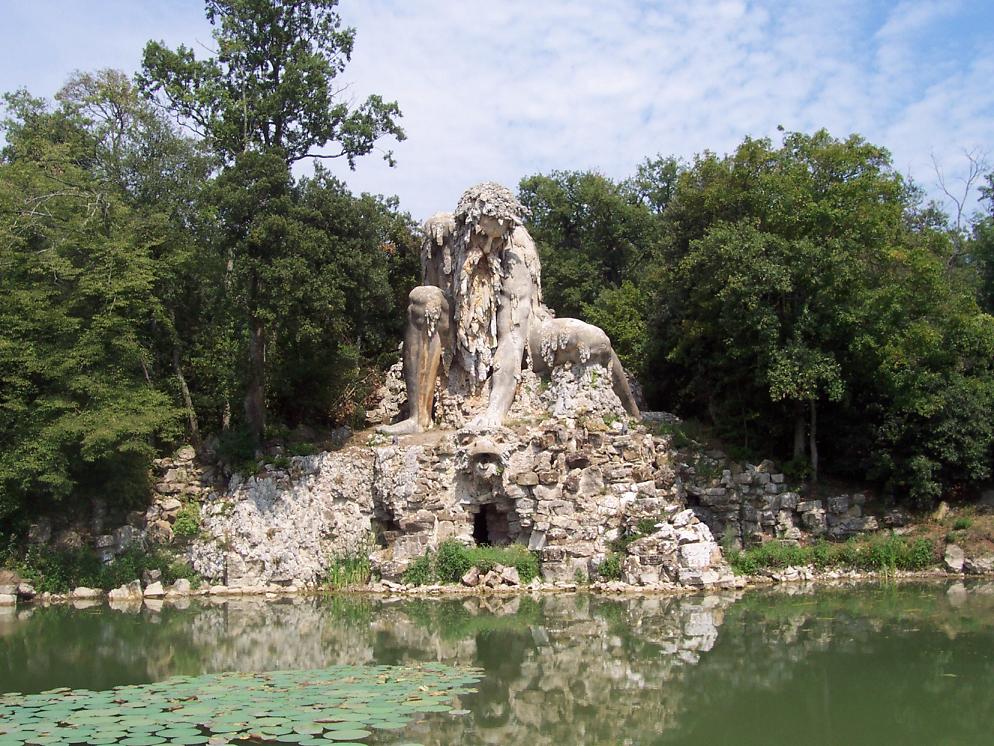
Source: WikipediaWithin the giant exist a series of chambers and caves on three levels.[5] In the ground floor of the colossus exists a cave[13] containing an octagonal fountain dedicated to the Greek goddess Thetys.[14] The Italian painter Jacopo Ligozzi adorned the Grotto de Thetys[15] with frescos of villages from the Mediterranean coast of Tuscany in 1586.[16] In other chambers mining scenes based on the book De re metallica by the mineralogist Georgius Agricola were to be seen.[17] In the giant's upper floor is a chamber big enough for a small orchestra and in the head a small chamber holds a fireplace out of which the smoke would escape through his nostrils.[10] The chamber in the head had slits in the ears and the eyes.
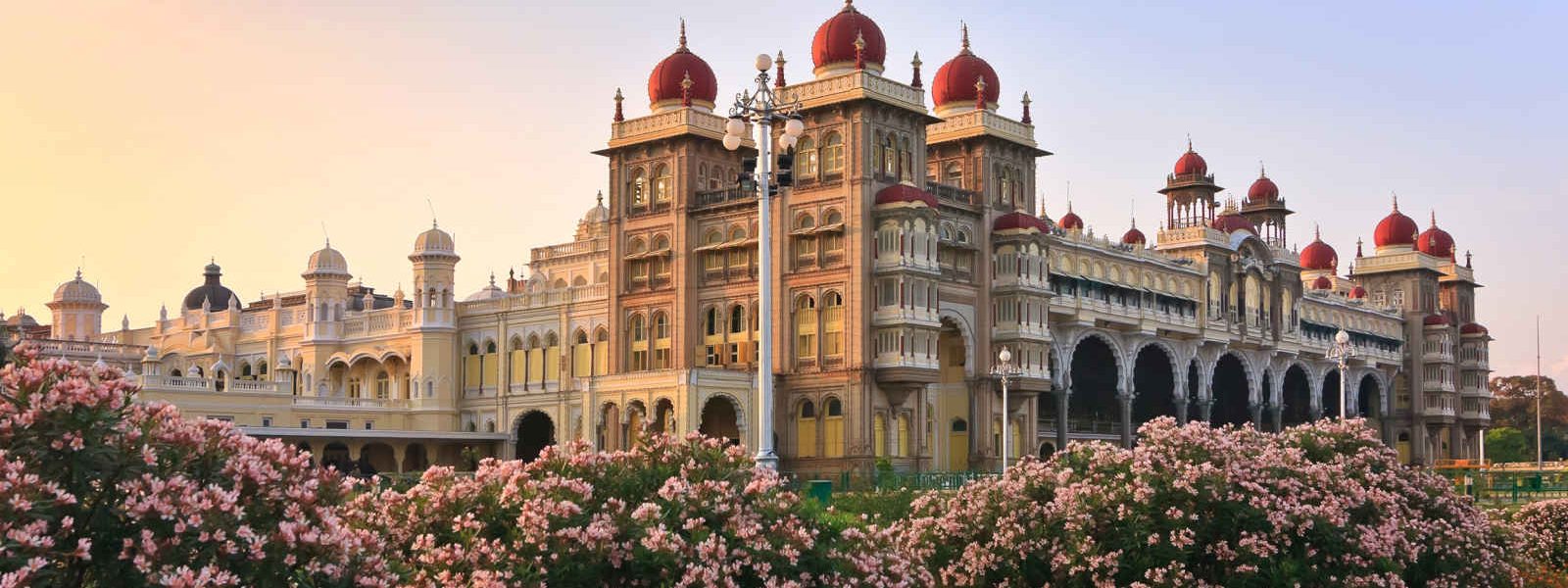
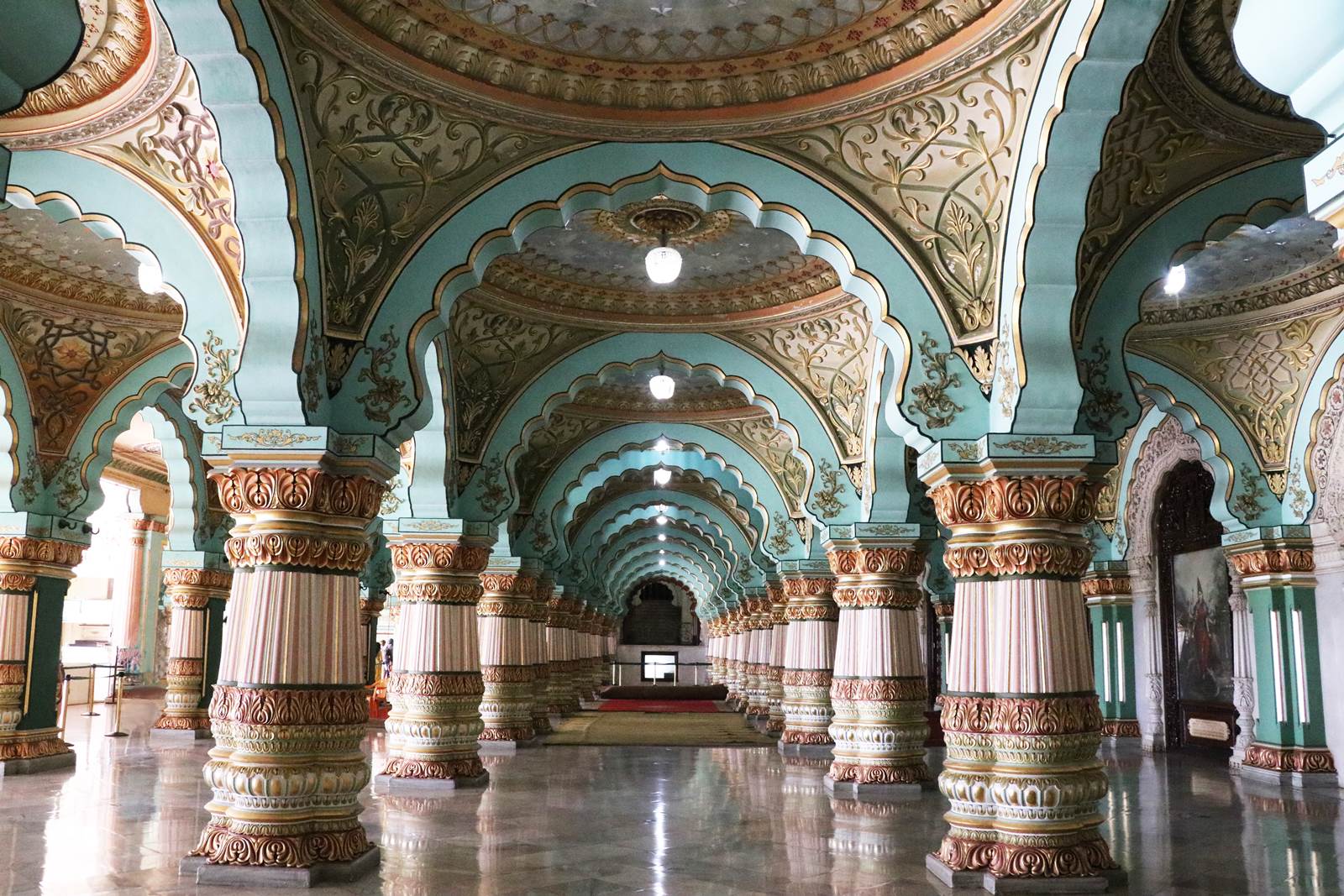
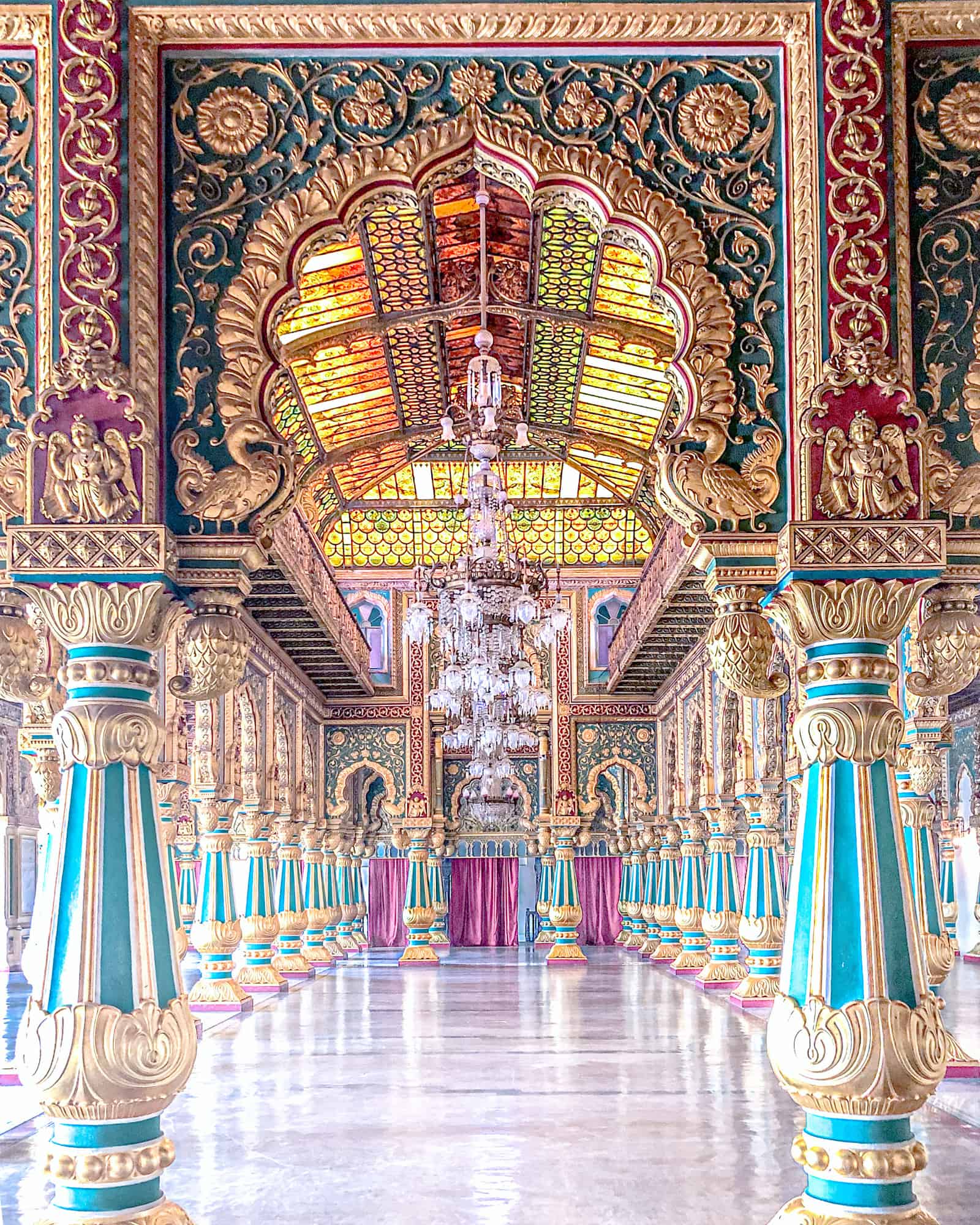
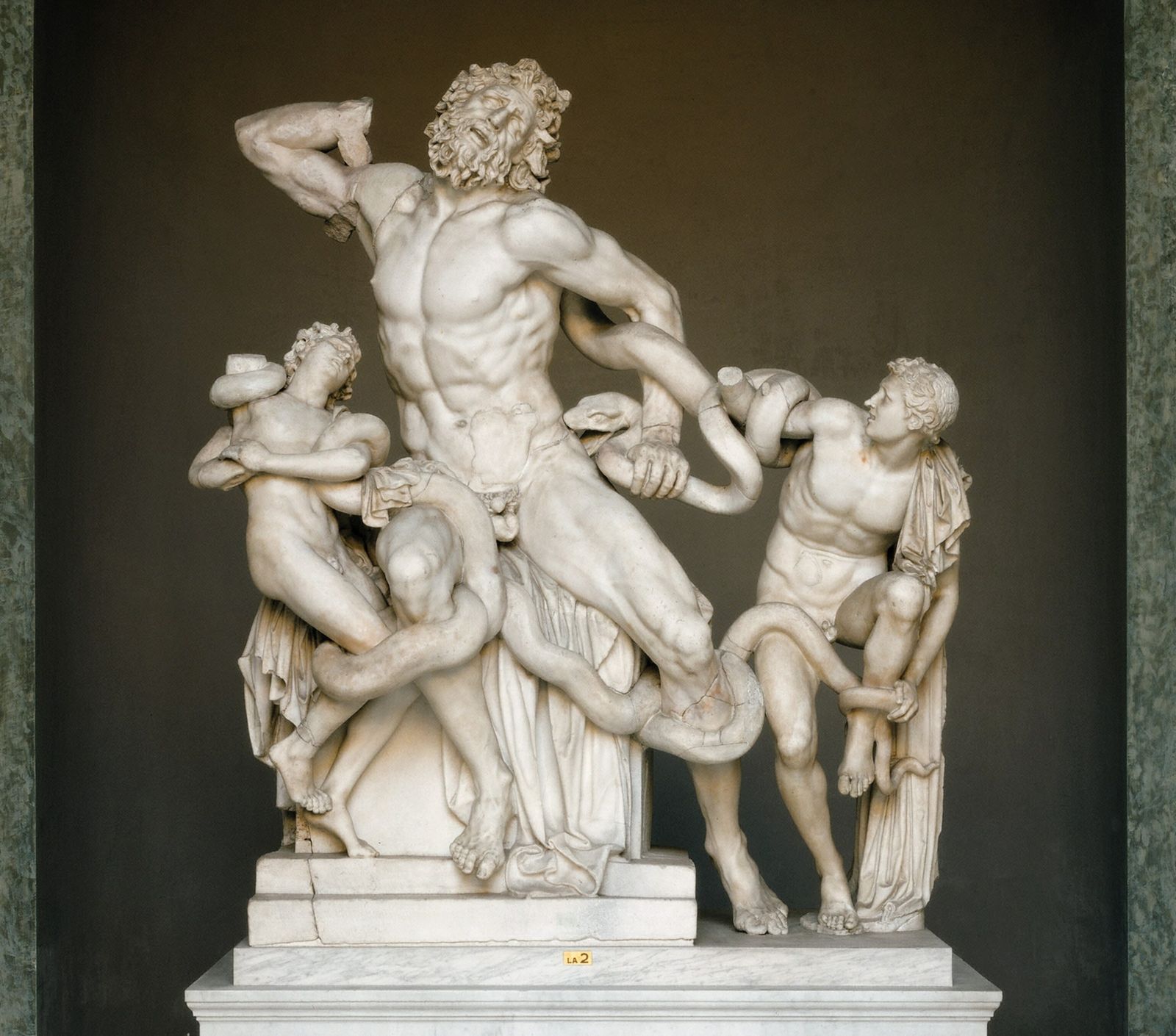
Having never seen or known of that statue it takes my breath away. The skill involved to create such an edifice in such a situation speaks of drive and determination. It speaks of power, not power used unnecessarily but just latent and there if needed.The Apennine Colossus (Italian: Il Colosso dell' Appennino) is a monumental sculpture (98 feet high) built from 1579 to 1583 by the Flemish sculptor Jean Bologne (1529-1608).
